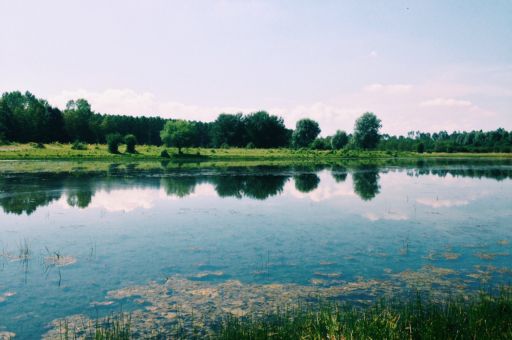Tramuntana North and Tramuntana South are back to normal, while es Pla remains on alert
January ended with water reserves in the Balearic Islands at 51%, one point lower than in December and three points below the levels recorded in the same period last year.
By islands, Mallorca recorded a drop from 53% to 52%, while Menorca experienced a slight improvement from 50% to 51%. In the Pitiusas, Ibiza has slightly increased its bookings, from 35% to 36%, and Formentera has remained stable, although with low levels.
TDB keeps you informed. Follow us on: Facebook, Twitter and Instagram
Water reserves in the Balearic Islands reach 51% in January
The evolution of the reserves has led to some changes in the alert scenarios. Tramuntana North and Tramuntana South have improved their situation and have gone from pre-alert to normal, while the UD de es Pla remains the only one that remains on alert. Most of the territory remains in pre-alert, a situation that still affects most demand units: 73.8% of the territory remains in pre-alert, while the UD de es Pla remains the only one on alert, representing 10.2% of the territory.
Overall, the Demarcation index remains below last year’s values and confirms a downward trend in stocks. The overall index for the Demarcation (0.450) is below last year’s figure (0.481) and that of two years ago (0.538), confirming the downward trend in stocks.
According to data from the State Meteorological Agency (AEMET), January was dry in the Balearics, with an average rainfall of 36.5 l/m², well below the usual 57.1 l/m² for this period. In Mallorca, 37.4 l/m² were recorded, while in Menorca the rainfall was 46.7 l/m², a figure that remains within the climatic normality. In the Pitiusas, the situation has been particularly dry, with values of 21.8 l/m² in Ibiza and 17.0 l/m² in Formentera, much lower than the 46.0 l/m² and 33.7 l/m² that correspond to the historical average.
Furthermore, January was a very warm month in the archipelago, with an average temperature of 12.3 ºC and a thermal anomaly of +1.7 ºC, which increased evaporation and reduced the recharge capacity of the aquifers.
Given the current situation and the rainfall recorded during January, no increase in reserves is expected in the short term, and the scenarios will remain unchanged during the month of February.
In this context, it is essential to reinforce water-saving measures, as the combination of low rainfall and higher than usual temperatures makes it difficult to recover water resources. Responsible water management by citizens and the different economic sectors will be key to avoid a worsening of the situation, especially in the warmer months of the year.
